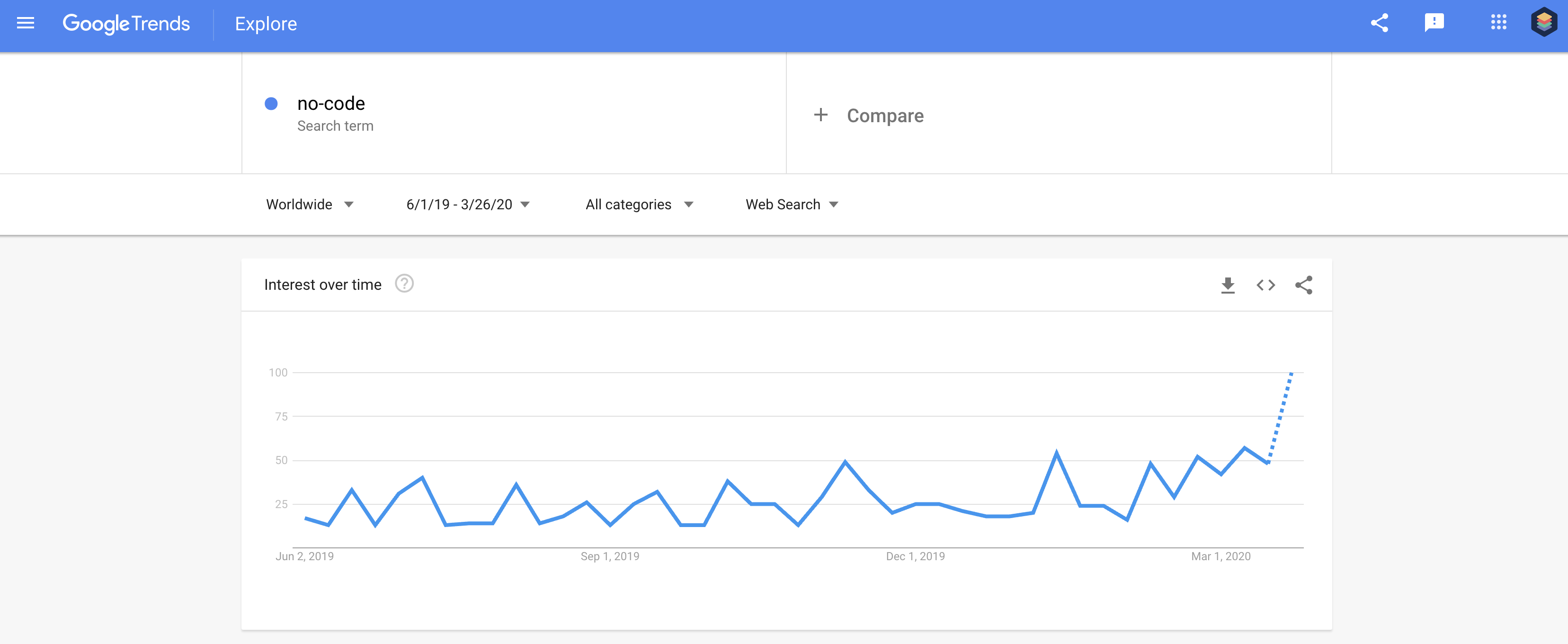Why No-Code is the Future of Open Platform Database Creation for Companies
Why No-Code is the Future of Open Platform Database Creation for Companies
Blog Article
A Comprehensive Guide to Carrying Out Scalable Data Sources Without the Requirement for Coding Knowledge
In the contemporary landscape of information administration, the ability to implement scalable databases without coding know-how is becoming increasingly vital for companies of all dimensions. This overview aims to illuminate the process, concentrating on easy to use devices and intuitive user interfaces that demystify data source arrangement. By checking out essential attributes, efficient strategies for application, and ideal practices for recurring management, we will deal with how also non-technical customers can with confidence browse this facility surface. What are the vital components that can genuinely encourage these customers to leverage scalable databases successfully? The responses may redefine your method to data management.
Comprehending Scalable Data Sources
In the world of modern information administration, scalable data sources have actually arised as an essential solution for organizations seeking to handle increasing quantities of information successfully. These data sources are developed to suit growth by permitting for the seamless addition of sources, whether through straight scaling (adding a lot more machines) or upright scaling (updating existing devices) This versatility is important in today's fast-paced digital landscape, where information is produced at an unprecedented price.
Scalable databases commonly use dispersed architectures, which allow information to be spread out across several nodes. This circulation not just boosts performance however additionally gives redundancy, guaranteeing information schedule even in case of equipment failings. Scalability can be a vital factor for various applications, including ecommerce systems, social media sites networks, and big data analytics, where individual demand can change significantly.
In addition, scalable databases frequently feature robust data consistency designs that balance efficiency and reliability. Organizations should consider their particular demands, such as read and compose speeds, data integrity, and fault tolerance when selecting a scalable database service. Eventually, comprehending the underlying principles of scalable databases is important for services intending to thrive in a progressively data-driven world.
Key Features to Look For
When assessing scalable databases, several key features are paramount to making certain optimum efficiency and dependability. Take into consideration the architecture of the data source. A distributed style can boost scalability by enabling data to be stored throughout several nodes, helping with smooth information gain access to and processing as demand rises.
Another crucial function is information partitioning, which enables reliable administration of large datasets by separating them into smaller sized, a lot more workable items (no-code). This technique not only boosts performance yet additionally simplifies source allotment
Additionally, try to find robust duplication capabilities. This function guarantees information redundancy and high availability, decreasing downtime during upkeep or unforeseen failings.
Performance surveillance tools are additionally necessary, as they provide real-time understandings into system health and wellness and functional effectiveness, permitting timely changes to maintain optimal efficiency.

User-Friendly Data Source Equipment
Simplicity is an important element in the layout of easy to use database tools, as it enhances access for individuals with varying degrees of technical knowledge. no-code. These tools focus on user-friendly interfaces, making it possible for individuals to produce, take care of, and question data sources without needing substantial programs knowledge
Key features generally consist of drag-and-drop capability, visual information modeling, and pre-built layouts that streamline the arrangement process. Such devices often offer led tutorials or onboarding processes that promote user involvement and reduce the discovering contour. Furthermore, smooth integration with prominent information sources and services makes click resources certain that users can quickly import and export information, additionally streamlining operations.

Furthermore, robust assistance and community sources, such as discussion forums and paperwork, enhance the customer experience by supplying support when needed. On the whole, easy to use database devices empower companies to harness the power of scalable data sources, making information monitoring obtainable to everyone included.
Step-by-Step Implementation Overview
How can companies effectively apply scalable learn this here now databases to fulfill their growing information needs? The procedure begins with determining particular data demands, including the volume, selection, and velocity of information that will be refined. Next, organizations must evaluate straightforward database devices that offer scalability attributes, such as cloud-based services or took care of database solutions.
Once the best device is chosen, the following step includes configuring the data source environment. This consists of establishing up instances, defining customer approvals, and establishing data frameworks that align with company purposes. Organizations must after that move existing information right into the new system, guaranteeing data honesty and marginal interruption to procedures.
Post-migration, carrying out comprehensive screening is important; this includes efficiency screening under various tons problems to ensure the system can deal with future growth - no-code. Furthermore, it is very important to educate team on the data source monitoring user interface to facilitate seamless usage
Best Practices for Management
Effective management of scalable databases requires a tactical technique that focuses on ongoing monitoring and optimization. To achieve this, companies need to apply durable surveillance devices that offer real-time insights into database efficiency metrics, such as question action times, resource usage, and transaction throughput. On a regular basis analyzing these metrics can aid recognize traffic jams and locations for enhancement.

Normal backups and catastrophe recovery strategies are necessary to safeguard information honesty and availability. Establishing a routine for evaluating these back-ups will make sure a reliable recovery process see here now in situation of an unforeseen failing.
In addition, performance adjusting should be a continual process. Changing indexing strategies, enhancing queries, and scaling resourcesâEUR" whether vertically or horizontallyâEUR" will certainly help keep optimal efficiency as usage demands advance.
Finally, cultivating a culture of understanding sharing amongst staff member will make it possible for continuous discovering and adjustment, guaranteeing that the monitoring of scalable databases remains effective and reliable over time.
Final Thought
Finally, the implementation of scalable data sources can be properly achieved without coding proficiency with the application of intuitive interfaces and easy to use devices. By sticking to the outlined techniques for setup, data movement, and efficiency screening, people can navigate the complexities of database management with simplicity. Highlighting finest methods for ongoing upkeep and partnership additional enhances the capacity to manage scalable databases efficiently in a rapidly evolving data-driven atmosphere.
In the modern landscape of data administration, the capability to carry out scalable databases without coding experience is becoming increasingly important for organizations of all sizes.In the world of modern-day information administration, scalable databases have emerged as a vital remedy for organizations seeking to handle enhancing volumes of information successfully.In addition, scalable databases typically feature durable information consistency versions that stabilize performance and reliability.Just how can organizations successfully carry out scalable databases to meet their expanding data needs? Next off, organizations need to examine easy to use database devices that provide scalability features, such as cloud-based remedies or managed data source services.
Report this page